|
Early spring in South Louisiana offers a unique opportunity to rejuvenate your lawn and landscape, preparing it for the vibrant growth of the warmer months. The mild climate, characterized by warm, humid days and cool evenings, creates an ideal environment for many types of grasses, plants, and flowers. Here's an 800-word guide on how to make the most of this season for your lawn and landscape. Assess and Clean
1. Assessment Begin with a thorough assessment of your lawn and garden. Look for winter damage, noting areas that may need special attention, such as patches where grass has thinned or plants that didn't survive the cooler months. 2. Cleanup Clear debris, such as fallen branches, leaves, and thatch (a layer of dead grass and roots) that may have accumulated over the winter. Removing this material not only tidies up your yard but also improves air and moisture penetration to the soil. Soil Preparation 3. Soil Testing Conduct a soil test to determine its pH and nutrient levels. South Louisiana soils can vary greatly, and knowing your soil's composition will help you make informed decisions about fertilizing and amending your soil for optimal plant health. 4. Aeration Aerating your lawn can relieve soil compaction, allowing roots to breathe and grow more deeply. This process involves making small holes in the soil to improve water, nutrient, and oxygen absorption. 5. Fertilization Based on your soil test results, apply a spring lawn fertilizer that's appropriate for your grass type. In South Louisiana, lawns are often composed of warm-season grasses like Bermuda, Zoysia, or St. Augustine, which benefit from fertilization as they begin active growth. Lawn Maintenance 6. Mowing As the weather warms and your lawn starts to grow, begin mowing at the recommended height for your grass type. This usually means keeping the blades high to encourage root development and shade out weeds. 7. Watering Begin watering your lawn and garden as necessary. Early spring often brings rain, but during dry spells, ensure your lawn receives about an inch of water per week. Morning watering is best to reduce evaporation and disease risk. Planting and Landscaping 8. Plant Selection Choose plants that are well-suited to the South Louisiana climate. Consider native plants, which are adapted to the local environment and require less maintenance. Early spring is a good time to plant perennials, as well as some annuals, for a season-long display. 9. Vegetable and Herb Gardens Early spring is the perfect time to start a vegetable or herb garden. Consider starting with cool-season crops like lettuce, spinach, and cilantro, transitioning to warm-season varieties like tomatoes, peppers, and basil as the weather warms. 10. Mulching Apply a layer of mulch around trees, shrubs, and garden beds to retain moisture, regulate soil temperature, and reduce weed growth. Organic mulches, such as wood chips or pine straw, also add nutrients to the soil as they decompose. Pest and Weed Management 11. Weed Control Early intervention is key to managing weeds. Apply pre-emergent herbicides to prevent weed seeds from germinating, and hand-pull or use post-emergent herbicides for any weeds that have already appeared. 12. Pest Monitoring Keep an eye out for signs of pests, such as damaged leaves or unhealthy plant growth. Early detection can make management easier, whether through cultural practices, natural predators, or, if necessary, appropriate pesticides. Seasonal Considerations 13. Frost Protection While rare, late frosts can occur. Be prepared to protect tender plants with frost cloths or by bringing potted plants indoors on chilly nights. 14. Pruning Early spring is a good time to prune certain shrubs and trees, removing dead or diseased wood and shaping plants before the growing season. However, wait to prune spring-flowering shrubs until after they bloom to avoid cutting off flower buds. Ongoing Maintenance 15. Regular Inspection Regularly walk through your lawn and garden, looking for signs of stress or disease. Early detection and intervention can prevent many problems from becoming severe. 16. Adapt and Enjoy Be flexible and responsive to your landscape's needs. Conditions in South Louisiana can change rapidly, so adapt your maintenance practices as needed. Most importantly, take time to enjoy the beauty and bounty of your garden throughout the season. Conclusion Caring for your lawn and landscape in early spring sets the stage for healthy growth and lush beauty throughout the year. By following these steps, you can ensure that your outdoor space in South Louisiana thrives, providing a beautiful and enjoyable extension of your home. Remember, the key to a successful garden and lawn is consistent care and attention to the specific needs of your plants and the local climate. Happy gardening!
0 Comments
So, you're taking a leisurely stroll through your garden, dreaming of a floral paradise, and BAM! Moss decides to crash the party. Talk about an uninvited green guest. But fear not, my fellow garden enthusiasts! With a dash of humor and a sprinkle of easy steps, we'll show you how to give moss the boot and make room for your flowers to party on. Getting to Know Moss
Let's start by getting acquainted with our not-so-favorite neighbor, moss. It's like that friend who overstays their welcome. Moss loves hanging out in damp, shady spots with soil that's as compact as a crowded subway at rush hour. But worry not – we've got the perfect eviction plan for this green squatter. 1. Check Out Your Garden Vibes First things first, take a look around your flower beds. Are there shady spots hogging all the sunlight? Trim those overgrown branches and foliage to let the sunshine in. Moss doesn't do well in the spotlight, just like my cousin at family gatherings. 2. Give Moss the Cold Shoulder Moss hates the sun, so let's make your garden a sun-soaked paradise. Plant some flowers that love soaking up those rays. It's like turning your flower beds into a beach party – moss won't be caught dead in a sun hat. 3. Loosen Up the Soil Disco Moss loves to dance on compacted soil, but we're not hosting a rave here. Grab a garden fork and break up the soil. Let it breathe! Your garden should have the soil equivalent of a cool, indie coffee shop, not a packed dance floor. 4. H2-Oh No, Don't Overwater Moss thrives in soggy conditions, so let's not drown the party. Water your flowers like a responsible host – deep but not too often. Drip irrigation is like the VIP section for your plants – exclusive and targeted. 5. Soil pH Makeover Moss thinks acidic soil is the cat's pajamas. Show it the door by adding some lime to raise the pH. Think of it as a makeover for your garden – moss won't recognize the place. 6. Clean Up the Garden Party Mess Moss loves to crash in spots with loads of organic debris. Clean up those fallen leaves and twigs regularly. It's like telling moss, "Sorry, this party's for flowers only." 7. Bust Out the Moss-B-Gone Products If moss has already settled in like a stubborn in-law, it's time to bring in the heavy artillery – moss-killing products. Follow the instructions, and soon, moss will be history. Sayonara, green invader! 8. Scrape, Rake, and Toss Once the moss is defeated, scrape and rake it out of your garden. Treat it like yesterday's leftovers – into the bin it goes. No second chances for this party pooper. 9. Mulch Wisely Mulch can be a great ally, but not all mulches are created equal. Go for organic options like bark or wood chips. They decompose over time, unlike moss, which overstays its welcome. So, there you have it – a casual, humorous guide to reclaiming your flower beds from the mossy invasion. By making a few adjustments and showing moss the door, you'll be back to enjoying a garden filled with vibrant flowers and free from green gatecrashers. Let the floral fiesta continue! Which Flowers to Plant For a Pop of Color?We get a lot of questions about what warm-season flowers to plant in Louisiana. Questions specifically about Baton Rouge, Slidell, Mandeville, and New Orleans. To help, we have compiled a list of some common flowers you can plant, along with the sun requirements, distance from other plants, and the average height of each species. Taking these into account will be the difference between struggling flowers and a thriving flower garden. We hope this helps with adding beautiful flowers to your landscape. Contact GreenSeasons for your landscape projects. List of Spring and Summer Flowers for Southern Louisiana:
^ Louisiana Super Plant
* Perennial Commercial property owners and managers need to be vigilant about preventing property damage and personal injury. It is important to recognize that landscape-related hazards could cause accidents that could result in liability for negligence. Businesses that operate a commercial property must take effective steps aimed at preventing dangerous landscaping conditions and averting potentially costly premises liability claims.
Walkway Trip Hazards and Maintenance A few stray leaves or the grassy debris produced after mowing may not seem like a serious trip hazard if they should happen to make their way off of a lawn and onto a walkway. However, just a moderate amount of rain could cause these types of materials to become extremely slippery when wet. Likewise, plain dirt or soil on a walkway can take on a loose and slick texture after a rainfall. Keeping a walkway clear of leafy debris or other earthy materials can help ensure that surfaces are safe to walk on and thereby play an important role in accident prevention. Falling Branches During a big storm, large tree branches can become loose and precarious. Heavy winds and rainfall can destabilize branches, causing them to bend and eventually snap. Branches can also break off of a tree due to age. They may lose their density and start to rot when they cease to be living extensions of an otherwise intact tree. Likewise, certain species of insects that occupy the inside of trees may eat away at them from the inside. In some cases, healthy branches can break off in the absence of any weather-related event simply because they grow disproportionately large and a tree’s base cannot support their weight. In all of these scenarios, the risk of falling branches could represent a serious safety concern. Branch Trimming A landscaping professional may be able to identify if parts of a tree’s branch structure may pose a safety hazard on a commercial property. This is a particularly important preventative safety step to take before a severe weather event is expected to strike. During a major storm, heavy winds can tear branches off of trees and carry them a considerable distance, possibly causing them to strike property or people. Preventative tree maintenance reduces the risk that fallen branches will collide with a person, destroy property, or create a trip hazard after they have fallen to the ground. Inspections After a large storm, it is a good practice to inspect a commercial property for fallen branches. In the context of premises liability, a person or business entity is culpable not only for hazards that they are aware of but also for those that they should have reasonably been aware of. A personal injury claimant who tripped on a branch could assert that a business should have reasonably known that there could be a dangerous condition on their commercial property because there was a major storm in the area. Falling Trees An entire tree could come toppling to the ground and create considerable damage to other landscaping elements or personal property belonging to the patrons of a business. An experienced landscaper or arborist may be able to observe changes to a tree’s root structure which could be a warning sign that a tree is at risk of falling. Periodic inspections of trees and prompt corrective action when a tree starts to uproot can help with accident prevention. Divots and Unevenness A variety of things could cause small or large holes in a grassy area. In some cases, simply walking through an area when the ground is soft can cause deep indentations and divots. Small impressions and uneven patches can gradually increase in size and eventually become sizable trip hazards. Hazards in Green Spaces These types of hazards can be particularly dangerous simply because they may be difficult to spot. It is a lot harder to see a small hole than it is to see a foreign object on the ground ahead. A depression on a grassy or earthy surface is likely to have the same color and appearance as the ground immediately surrounding it, so people would have to be watching their step very closely in order to take notice. Landscaping Solutions A landscaping company can help commercial property owners with accident prevention involving falls by keeping green spaces even. They can fill in depressions and correct dangerous sloping. It may also be possible to remove the earth in areas where displaced soil has formed small mounds that people could easily trip on. Parking Area Accident Prevention Aesthetically pleasing landscape design around a parking area is a great way for businesses to make a good impression on customers as soon as they enter a commercial property. However, it is necessary to consider how certain landscaping elements could impact safety. Landscaping Elements and Safety A parking area’s landscaping must be well-tended in order to keep lots clear of materials that could interfere with vehicles’ braking ability. Also, it is imperative that trees or hedges do not obstruct anyone’s view while they are driving through a lot or pulling out of a space. A poorly placed or overgrown hedge could make it impossible for drivers to see other vehicles turning in their direction. In addition, it may be difficult to exit a lot safely if a tree or other types of vegetation get in the way of oncoming traffic. If a driver can only see a hedge instead of right-bound traffic, the hedge would represent an inherently unsafe condition on a commercial property. Safety in Design and Maintenance Plans for Lots Efforts geared towards ensuring that a parking area’s landscaping is safe should start in the design process. Landscaping professionals can suggest installations that will not impact visibility anywhere inside of a lot including its entrance and exit points. They can also provide property owners with guidance about what maintenance will be necessary to prevent overgrowths that could become problematic over time. Remediating Current Lot Hazards If an existing installation is a source of concern for property owners, a knowledgeable landscaper can offer input about whether it is prudent to replace it. Alternatively, the landscaper may suggest modifications that can effectively resolve concerns about visibility. Commercial property owners should establish service relationships with a professional landscaping company that is well-versed in recognizing and preventing the most common type of landscape-related hazards. At GreenSeasons Landscaping, our team members are trained to perform work safely and create custom landscaping solutions that promote a safe environment for your business's employees and its patrons. We understand that landscaping is not all about aesthetics. We use smart design and strategic maintenance to provide our customers with landscaping that is visually pleasing but also safe and functional. Contact GreenSeasons Landscaping today to learn more about what we can do for your business's commercial property. By choosing a specific landscaping style, you give your property a unique character and a sense of cohesion. The approach you choose may be influenced by many factors, such as the architectural style of your building and the climate and weather conditions it is subjected to. Not all landscaping styles work well in the humid subtropical climate of southern Louisiana. For example, even if you like the look of a desert-inspired landscape, the plants may not survive moist conditions. Nevertheless, there are many landscaping options that are suitable for this naturally lush region. 1. Tuscan Tuscany is a region of central Italy with such a strong cultural identity that it is sometimes jokingly referred to as a separate country. Tuscany was the birthplace of the Italian Renaissance and is known for breathtaking scenery and a strong agricultural tradition that gives rise to delicious food and wine. You can emulate the Tuscan style in your New Orleans landscape by putting up a pergola and arbor as a centerpiece of your backyard and by growing your own vegetables and herbs, especially in pots. If you want to hearken back to the Renaissance, a labyrinth makes a nice touch if you have the space available. The climate of southern Louisiana is conducive to growing citrus plants, which can enhance the Mediterranean flavor of your property. 2. French French culture has obviously been very influential to that of Louisiana, making it a fitting style for landscaping Baton Rouge. However, French garden design initially took its inspiration from the Italian Renaissance, which started in Tuscany. Therefore, the Tuscan style and the French style are related, but the French added elements to make it their own. The French style of landscaping is all about symmetry. Cast-iron furniture, columns, trellises, and water features, such as fountains or birdbaths, are all emblematic of this aesthetic approach. Straight lines of columns, trees, or shrubs planted in a row should draw the eye toward your building, as this is typically the focal point of the French style of landscaping. Examples of French and Tuscan landscape design may include large estates that cover acres of property. Do not let that intimidate you; it is certainly possible to create these styles by incorporating elements on a much smaller scale. 3. English Garden The quaint English garden is a style that is reproducible in Louisiana despite the differences in climate. The plants you choose may be different than what would be planted in an actual garden in England, but many of the characteristic features of the English garden, including sculptures, cobblestone paths, benches, or a bridge over a small pond, could easily be installed in a New Orleans landscape to give it a cozy, home-like feeling. 4. Woodland If you are looking for landscaping styles that require relatively little maintenance, a woodland setting may be right for you. Once established, the flowers, shrubbery, and trees you incorporate can be left largely to their own devices and only need a little bit of human intervention. Wooden benches and stone pathways are structural additions that help enhance this style. Functional birdhouses can give a property a woodland feel, but if you do not want to attract birds to your property, decorative birdhouses can have a similar effect. For obvious reasons, a woodland style requires trees. If you already have some on your property, they can remain in place while the rest of the property is landscaped around them. If you would like to create a woodland setting but do not already have trees on your property, you need to decide between fast-growing, evergreen softwoods and slower-growing, deciduous hardwoods. 5. Tropical The climate of southern Louisiana can support a tropical landscape style in a way that would not be possible farther north. In addition to the bamboo accents, brightly colored furniture, and water features that could give a tropical feeling to any yard, you can also grow authentic tropical flowers, such as jasmine, orchids, and hibiscus. The 60 inches of rainfall the region receives annually can certainly sustain the greenery. Southern Louisiana falls in Hardiness Zone 9, so confirm that the plants you choose can sustain temperatures down to 20 degrees Fahrenheit. Even if tropical perennials do not thrive, tropical annuals should do exceptionally well, so consider these as an alternative when planning your landscaping. 6. Japanese Garden The Japanese garden style is intended to be closed off to encourage peaceful contemplation of spiritual matters. Therefore, a traditional Japanese garden may not be ideal for commercial landscaping. However, if you would like to create a sense of serenity, there are elements of this style that you can incorporate into your overall landscaping scheme. A Japanese garden uses an asymmetrical style that nevertheless provides a sense of balance. Ornaments, plants, rocks, and water are all essential elements of the style. Stone basins, waterfalls, and koi ponds are all ways to incorporate these elements naturally into your landscape. 7. Spanish The Spanish were in Louisiana before the French and have also had an influence on the culture. Spanish style may be difficult to incorporate into a New Orleans landscape because the climate in Spain is drier than ours. Nevertheless, it can be recreated through the decorative elements that you choose for your landscape, such as blue-glazed ceramics and terracotta pots. It can also be represented through structural elements, such as multi-tiered fountains, walkways, walls, benches, and reflecting pools. 8. Quasi-Prairie
The prairie is a semi-arid climate very different from that of southern Louisiana. Therefore, an authentic prairie environment may not be feasible to recreate through landscaping in Baton Rouge. However, it may be possible to create a prairie-inspired landscape using native grasses. The prairie is a region with few trees, and the trees it does have often do not grow very tall. If your property is already devoid of trees, a variation on this type of landscape could work very well for you. Instead of trees, a prairie is covered with grasses of varying sizes, as well as wildflowers in shades of red, purple, and yellow. With a little creativity, you can create a prairie-style environment using grasses and wildflowers native to Louisiana. A quasi-prairie landscape offers unique advantages. Because the whole point is to allow the grasses to grow as tall as they will, it does not need mowing and requires little maintenance otherwise. If you plant native grasses, they should already be adapted to the amount of rainfall that we receive in southern Louisiana, so you shouldn't have to water them. 9. Modern Modern landscaping is focused on the architecture of an outdoor space more than the landscaping. The space is pleasing to the eye using clean lines and iconic shapes. Look for poured concrete or cut stone that stands out. The flowers, shrubs, and trees are meant to compliment the space. Plants tend to be low maintenance and low growing. Whatever style you choose, it is important to get the details right when planning your project. GreenSeasons Landscaping offers both design and installation services. Come to us with your ideas for your dream landscape, and we can help you make them a reality. Lawns can become moist over prolonged periods of time for many reasons. Some of those reasons include problems such as one’s lawn not receiving enough sun, grading problems, and improper filtration. Sometimes a lawn’s moisture persists because the soil of someone’s lawn contains smaller particles that hold in more water than other types of soil. Lawn grading is important because it allows the water to flow away from one’s property and making sure your lawn is properly watered. Grading problems include low spots in your landscape and raised areas. If you have those problems than you will see a possible pooling of water in unwanted places. Improper irrigation can lead to the overt moisture in your lawn by watering too much or at improper times. Making sure that your irrigation is well done can lead to a better-looking lawn. Also, proper irrigation can contribute to the overall health of one’s landscape. If your lawn is made up of or is primarily made up of clay it may contribute to a consistently wet lawn. Clay soil contains more water because it is made up of smaller particles. Ways to Fix Your Wet LawnEven though your lawn may be constantly wet there are ways that you can fix it. One way that you can fix your lawn is adding topsoil with a layer of straw. If you add topsoil and straw to the low areas than it will help the water gather in less of a concentrated area because it will be more level.
Furthermore, you can check to see if your landscape is properly irrigated and graded. Also making sure your lawn gets enough sunlight can help it become less bogged down with water. Aeration is another good way to help your lawn. The aeration process helps drain more water through soil. It also helps loosen up tight soil which promotes root growth. Another way that you can fix it is adding vegetation or more plants. Plants and vegetation will take up more water from your lawn. Making sure your yard receives proper sunlight will also promote growth and help evaporate some of the excess moisture. Regarding your lawn is also an option to help lessen the amount of water it holds in. However, regrading takes heavy equipment, and it is cost more than other options. Once the lawn in taken care of than one can take pride in, their work and their outdoor environment. If you don’t have a soggy lawn than you won’t have to deal with inconveniences like muddy shoes. With a dry lawn you will also have the opportunity to spend more time with your family and friends in a suitable environment. A great lawn is wonderful for cook outs, picnics, or playing catch. What is a Living Green Wall? A living green wall is a vertical arrangements of plants that don't take up a lot of floor space while looking nice. These are also called living walls, biowalls, modular green walls, or vertical gardens. What Are the Benefits of Green Walls? People like beauty and nature is beautiful. More people will notice, talk about, and want to be around green walls. The less greenery around, the more attractive your green wall becomes to people. You will attract more potential clients and team members with a well designed living green wall. Exterior green walls lower energy costs by reducing the amount of solar radiation absorbed by the building in the summer. In the winter, they insulate the building from heat loss. Plants and the planting base absorb sound, keeping the area behind the green wall quieter. Interior green walls increase oxygen and filter out pollutants. Studies have repeatedly shown indoor plants increase productivity while reducing stress. Plants regulate air temperature and humidity. What Are Green Walls Made of?
Green walls can be as simple as a wire frame that supports small plastic bags filled with soil. They can also be made from structural medium that incorporates soil or non-organic alternatives which have a useful life of over a decade. An increase in the quality of the growing medium causes an increase in the amount of time between medium replacement. Loose soil in bags needs to be replaced every year or two. Structural media can last between a decade to fifteen years. What Type of Plants Go in Green Walls? This depends of the green wall's location. An interior green wall consists of a mix of tropical plants. Plants for exterior green walls tend to work better when using plants that would thrive in climate zone slightly north of the area being planted. Choose "easy to grow" plants. Plants with short life spans or plants that must be constantly cared for are not an ideal choice for a vertical green wall. Can a Green Wall Have a Unique Design?
Yes. These are formed using different plants and maintaining gaps between plants. The simplest way is to get the spacing between plants and dimensions of the wall and to use it to make a color-coded dot diagram. How Hard Are Green Walls to Care for? They are actually quite time consuming. Green walls take a while to acclimate to growing vertically. The plants compete for space and try to grow over one another if not pruned often. An interruption in water could be disastrous for the entire wall. Regular fertilization is required. Unintentional changes in light are often a source of grief. If possible, hiring a professional to maintain your green wall is going to make things much easier. Interested in Buying a Living Green Wall If you live in either the Greater Baton Rouge or Greater New Orleans areas and are interested in buying a living green wall, please contact us or give us a call at 225-752-2333. Go into any modern hospital and you will notice a lot plants. Hospitals have therapeutic gardens, potted indoor plants, and often at least one plant in most patient rooms. This is due to plants having a proven track record of improving the health and well-being of people. Indoor plants bring a relaxing element to what is often a stressful ordeal for the patient and their family. Indoor plants ease tension for the sick, their loved ones, nurses and doctors who treat them. Proven Benefits of Indoor Plants and Therapeutic Gardens Countless studies have concluded that indoor plantings bring about positive changes in people. Below are a few examples:
Therapeutic gardens come in a variety of sizes. They can be installed on a wall or they can take up most of your lobby. If you are in the design phase of a new building, include an area for a garden indoors. Landscape pots and garden boxes can retrofit almost if you are interested in a therapeutic garden, but don't have a designated space. Therapeutic gardens provide both health benefits and aesthetic beauty for the affordable cost of maintaining landscaping. We often forget about plants when designing our buildings. We know plants are beneficial and should have a place in our day to day lives. Feel free to contact us if you are thinking about installing a therapeutic garden or using indoor plants.
Soil pollution is a paramount environmental challenge that will only increase in the future. People keep looking for ways to correct the soil as more industrial sites contaminate it through spills and accidents. Testing shows heavy metals and oils are the main threat to our soil safety. Surprisingly, landscape choices can help to remove contaminants from the soil at these sites through a process called phyotoremediation. Using select plants on these sites can greatly improve the earth. Plants can have a huge impact on keeping the ground clean by reducing, trapping, or removing contaminates from soil and water. It is the simplest way to do it and it is nature based solution. No large machines or experimental mixes necessary. Obvious sites for phytoremediation are at brownfields or landfills. Another location would be large population centers where pollution activity is hard to monitor. Below are some choices for phytoremediation you can choose.
You have a nice, clean walkway around your house and then the rain comes. Suddenly, what seems like every loose bit of soil in your yard finds its way to the walkway. Dirty walkways are not inviting and can be very frustrating as a homeowner. You tend to keep asking the same questions. Why is this happening? Why does it seem like your house is the only house one where this happens? What can you do to keep your walkway from getting dirty when it rains? Why do some walkways get dirty when it rains and some stay clean?
Your walkway is below the level of the soil. This can be caused by a few things:
How to fix a walkway that is gets dirty after it rains? Solution #1 The solution is simple, but pricey. Demolish and replace the section of your walkway. If your walkway is lower than the surrounding soil, that is the only solution that will give your guaranteed results. Solution #2 See solution #1. Solution #3 This can usually be corrected with landscape border material. There is a thin landscape border made of either rubber or metal that will keep your overflowing landscaping in check. Hardscape edging, like stones or bricks can also dam up your landscaping. Solution #4 Contemplate and install a drainage solution. A lot of landscape material floats, so you need to get the water moving before it gets too high. French drains, burms, ditches, and grading are all solutions you can explore to correct an excessive water problem. Solution #5 Setup an area with rocks, pebbles, or a french drain to catch where the water comes off the roof along the drip line of your home. This will keep the water from washing out your landscaping onto the walkways. |
AuthorCharlie Casselberry Categories
All
Archives
April 2024
|
Contact |
Services |
About |
Locations
|
GreenSeasons
|
Baton Rouge Office
11628 S Choctaw Drive, Suite 227 Baton Rouge, Louisiana 70815 |
Greenwell Springs Office
14461 Frenchtown Road Greenwell Springs, LA 70739 |
Slidell Office
56010 Highway 433 Slidell, Louisiana 70461 |
© 2020 GreenSeasons

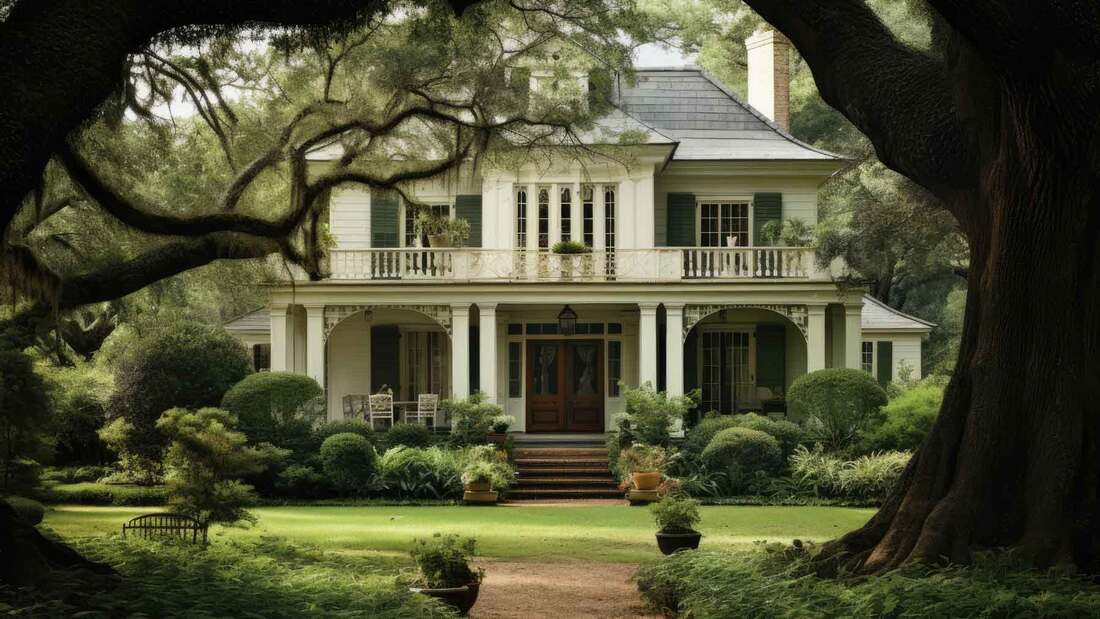
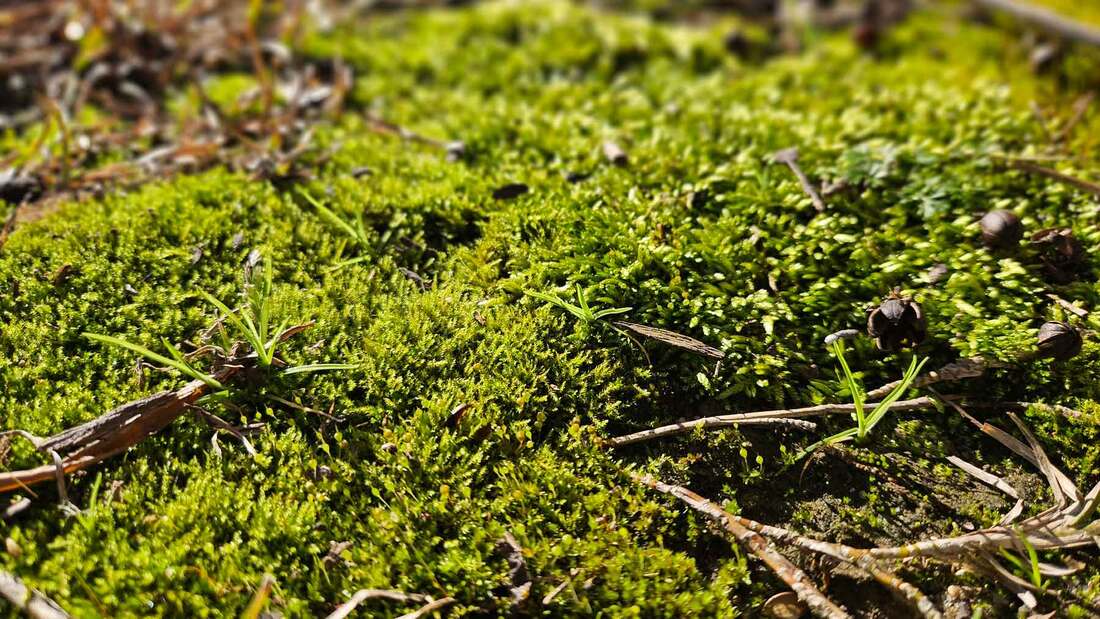
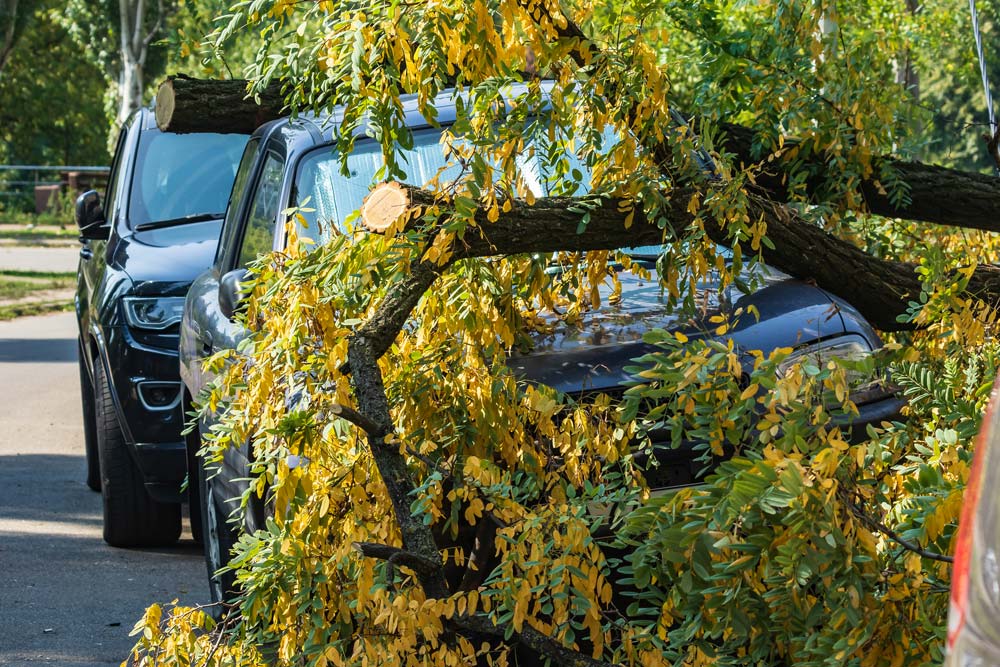
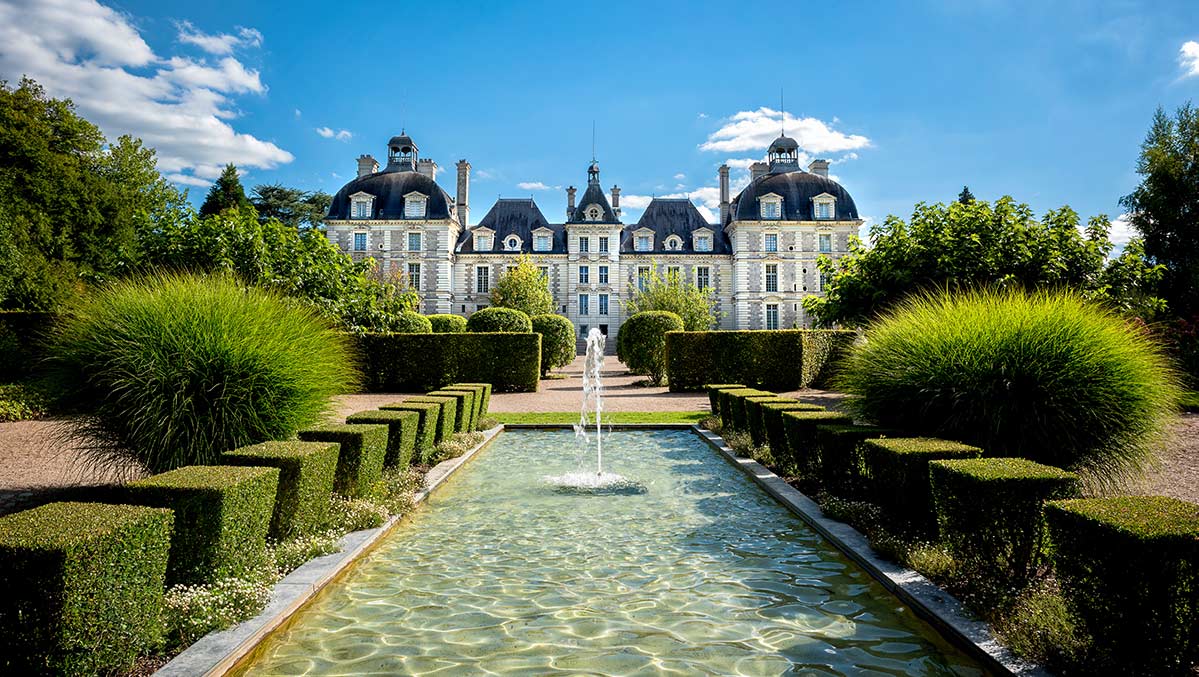
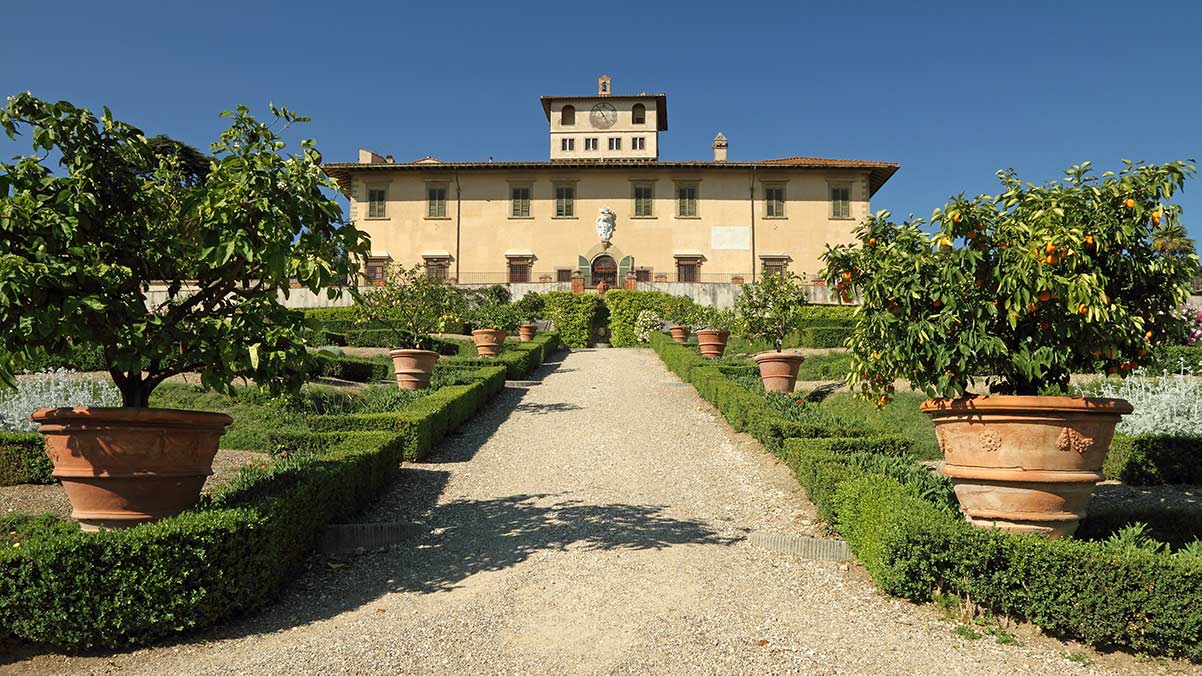
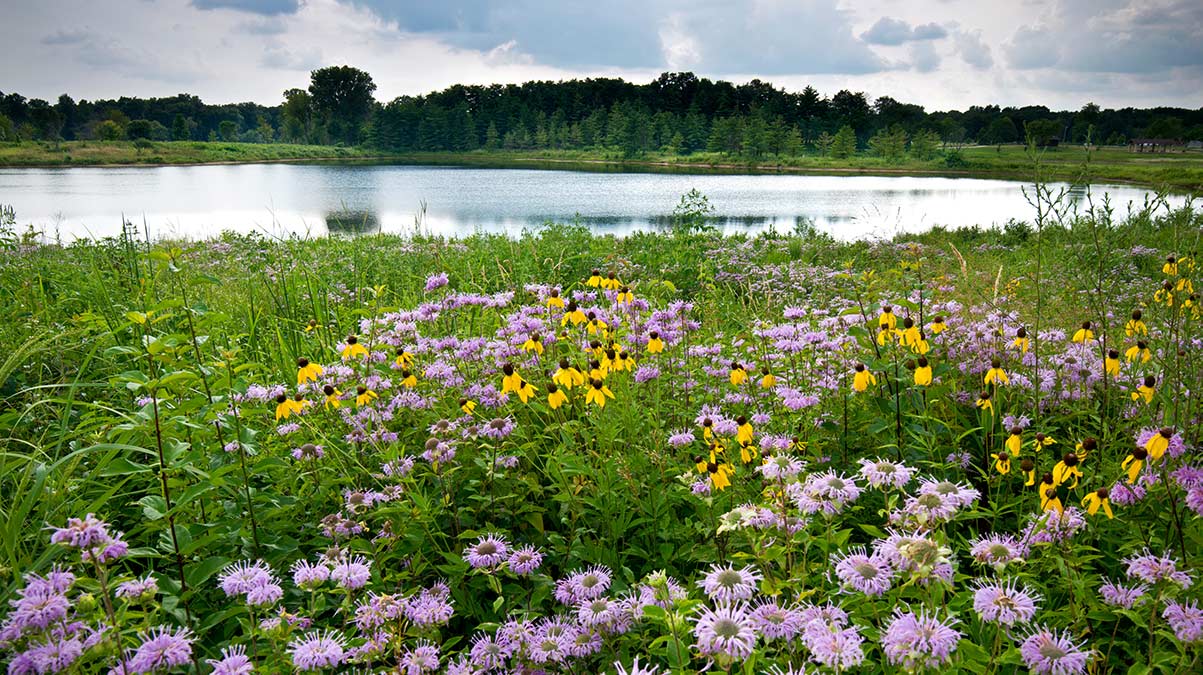
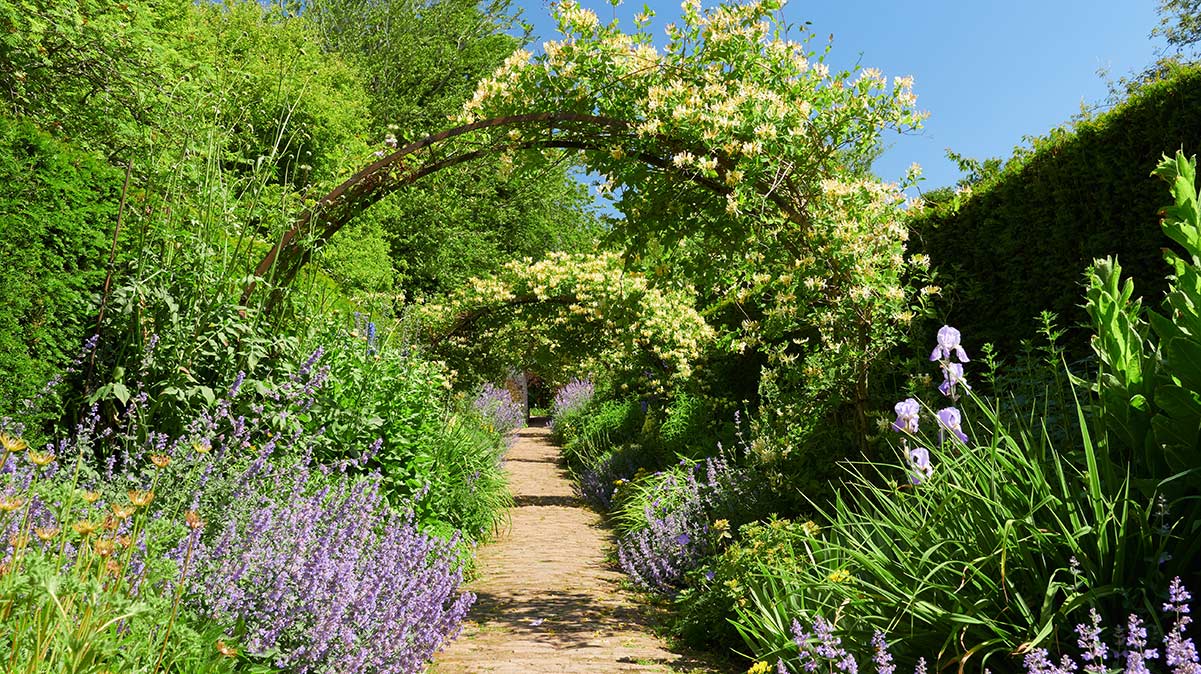
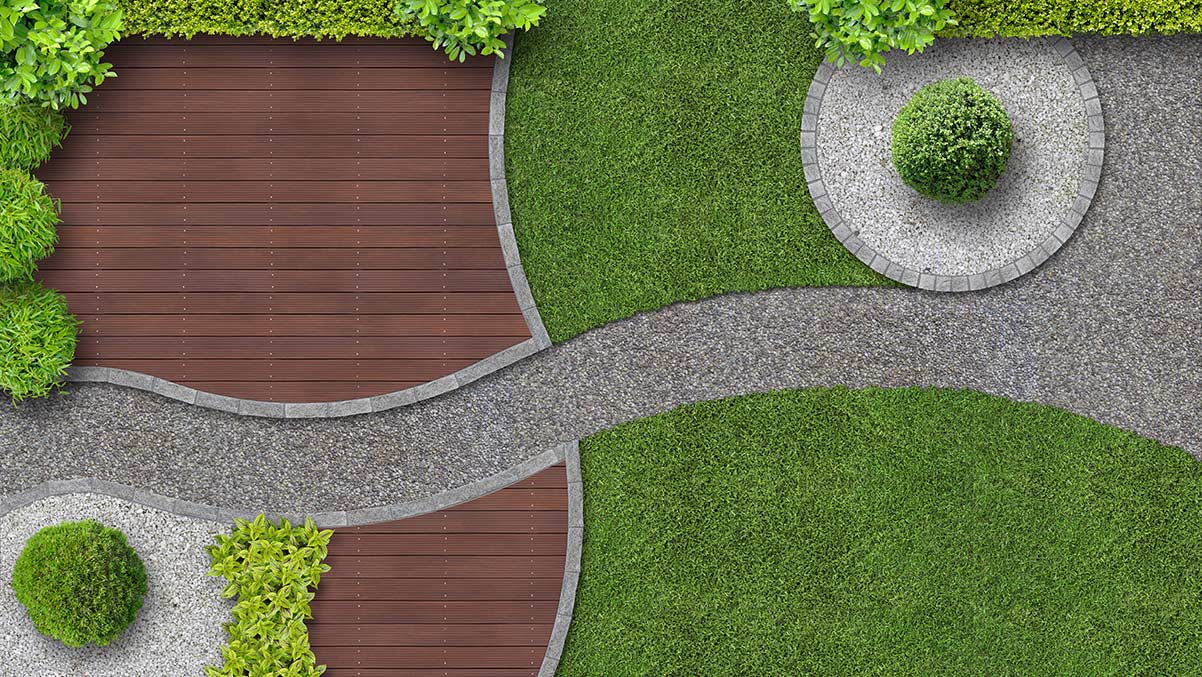
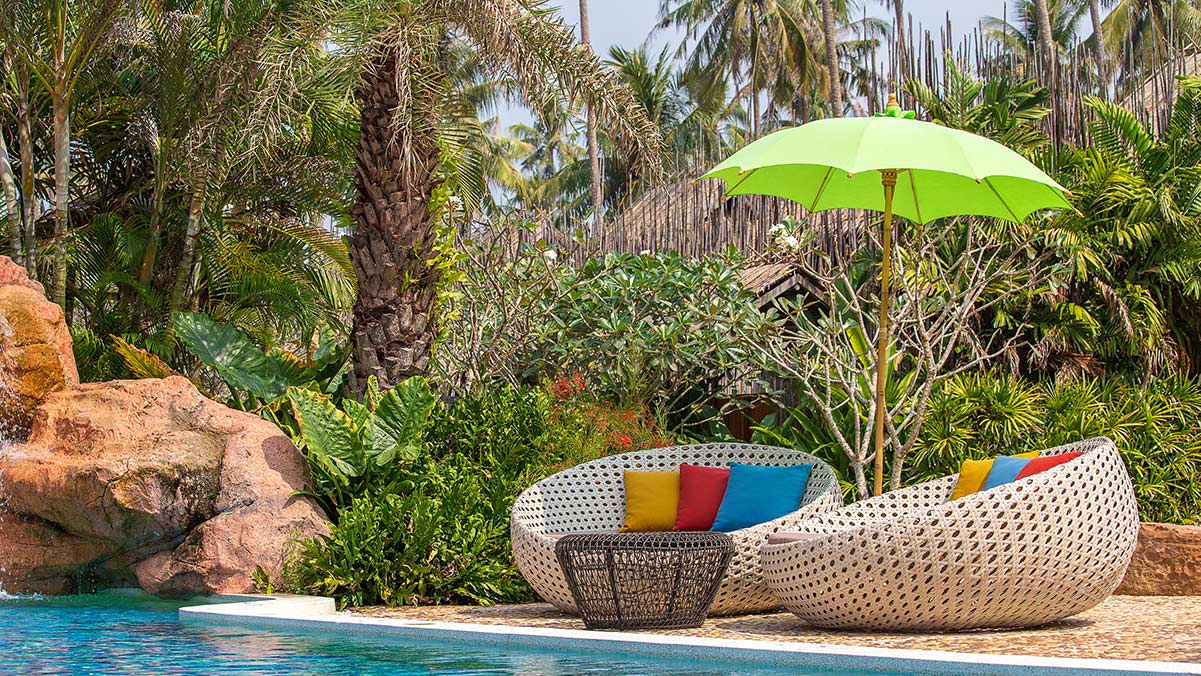
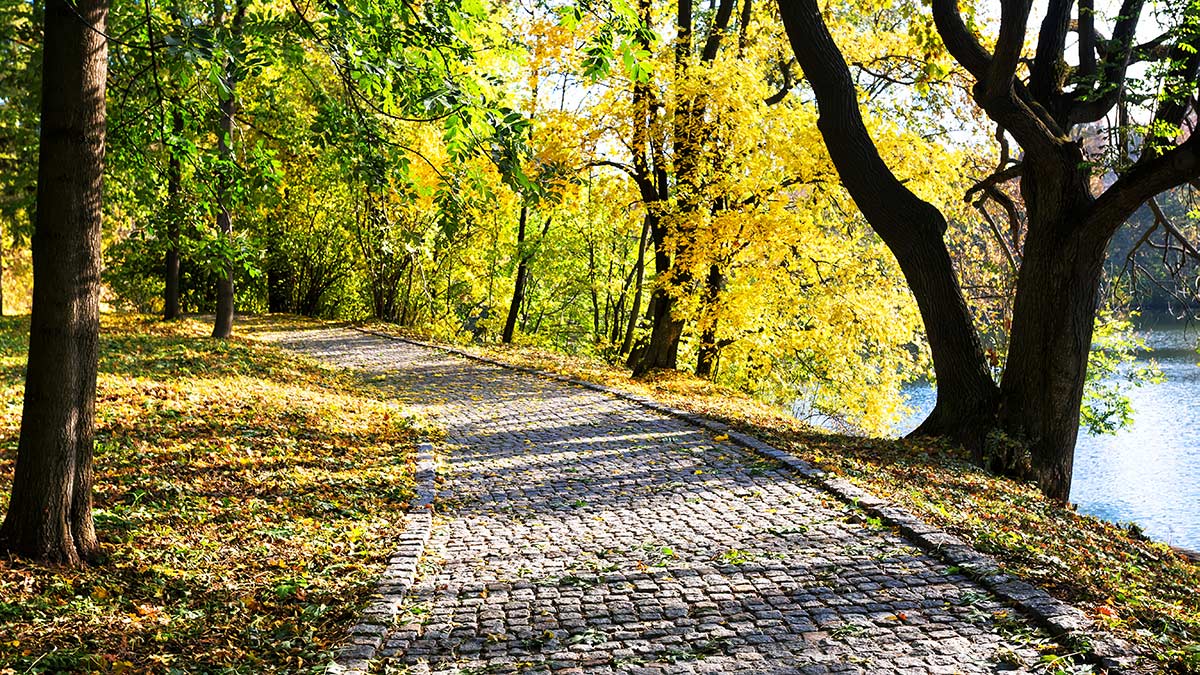
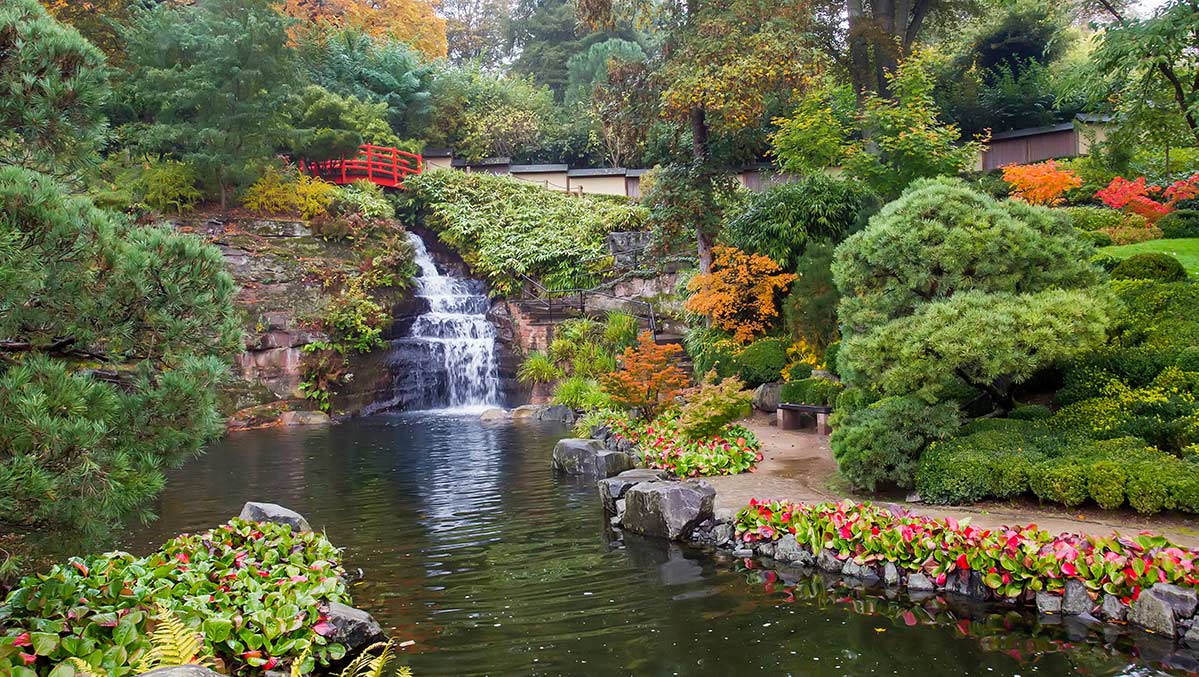
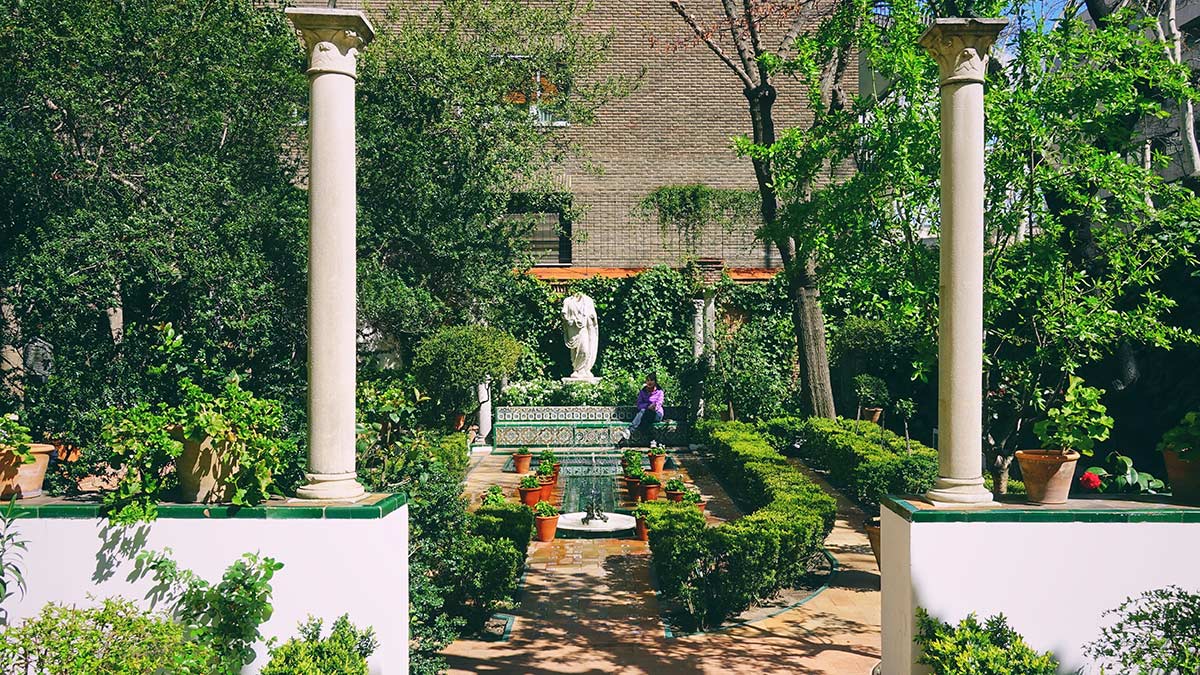
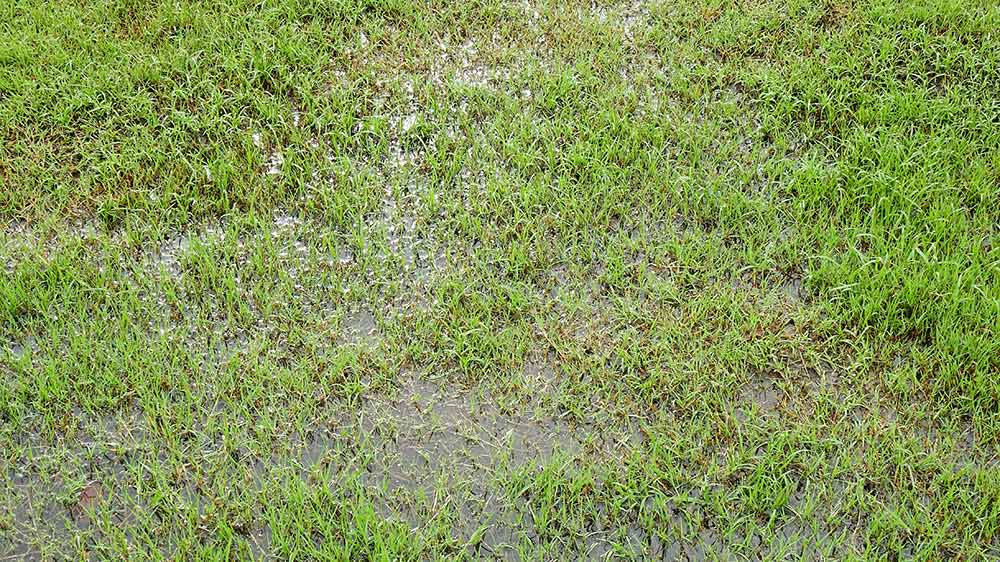

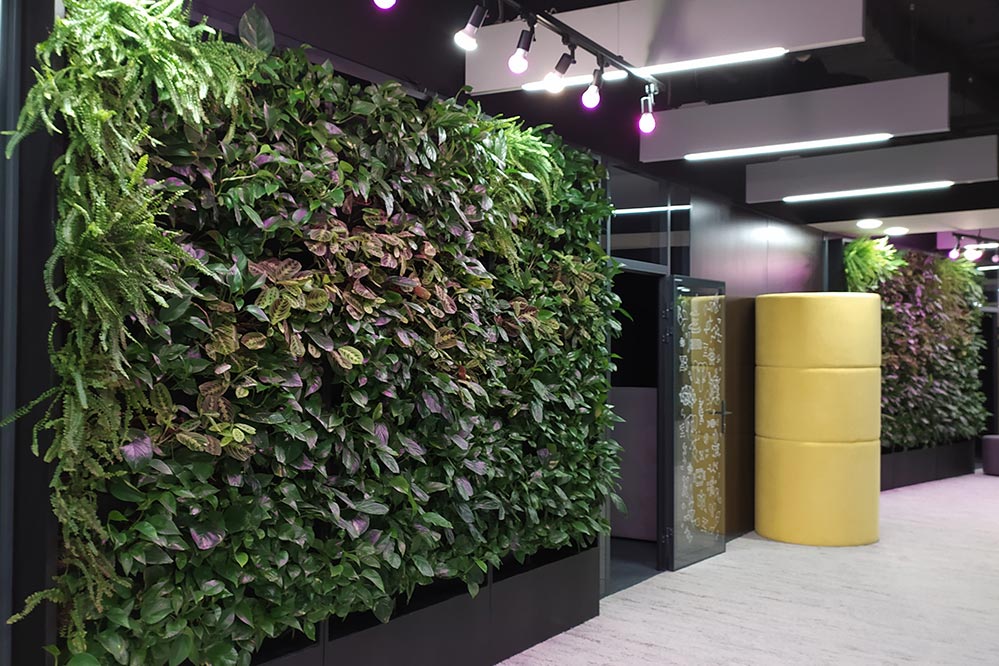
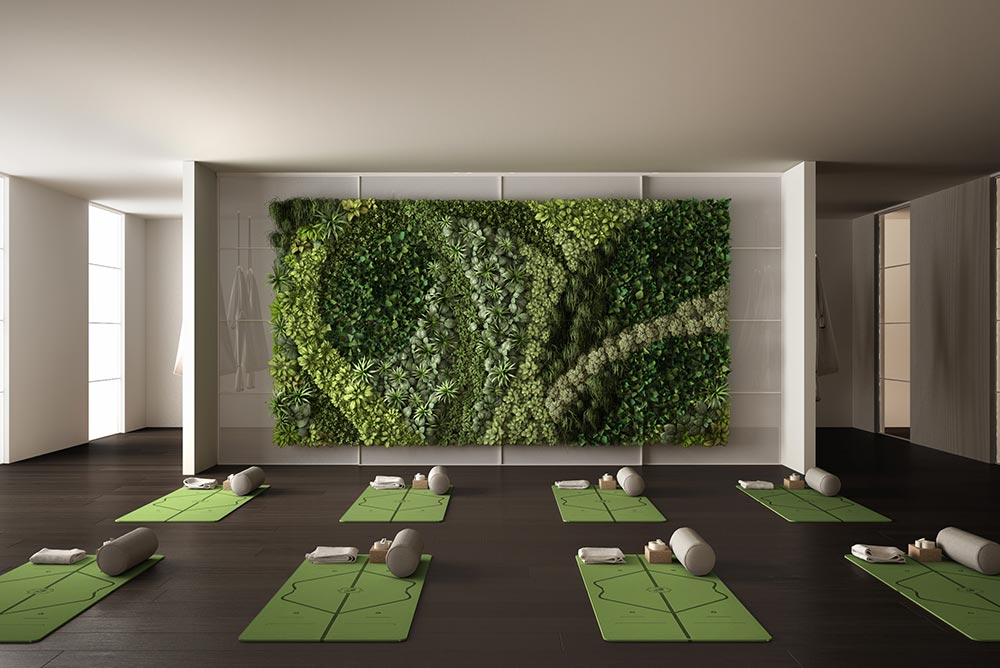
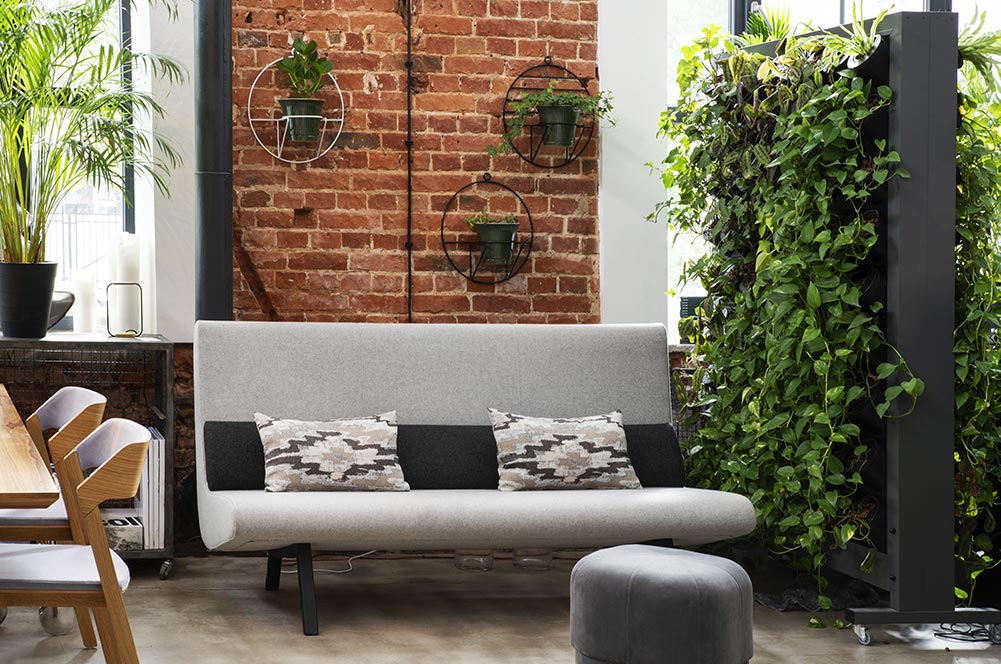
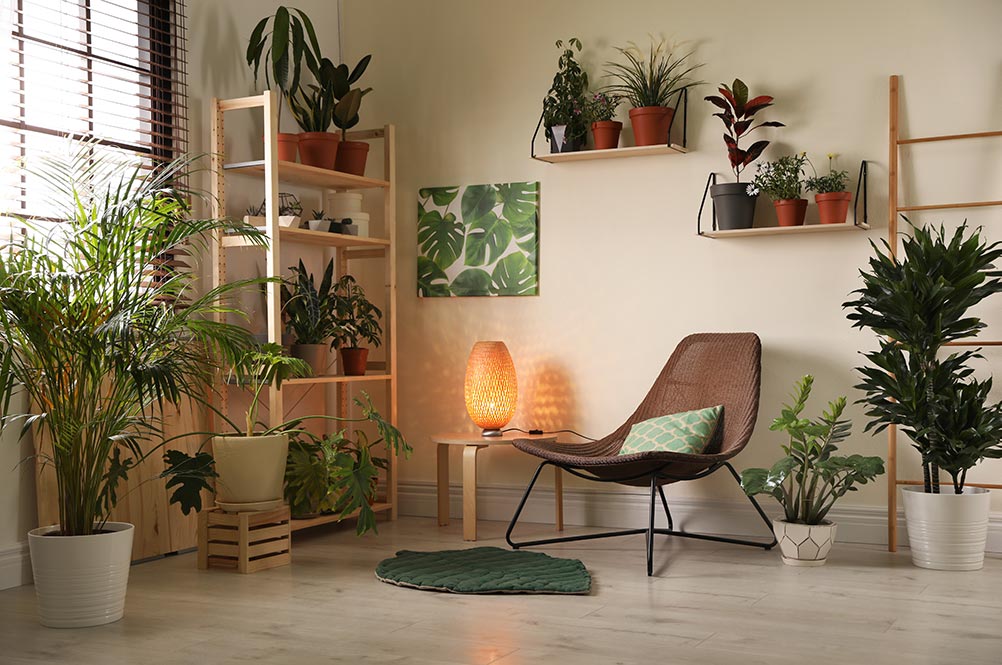
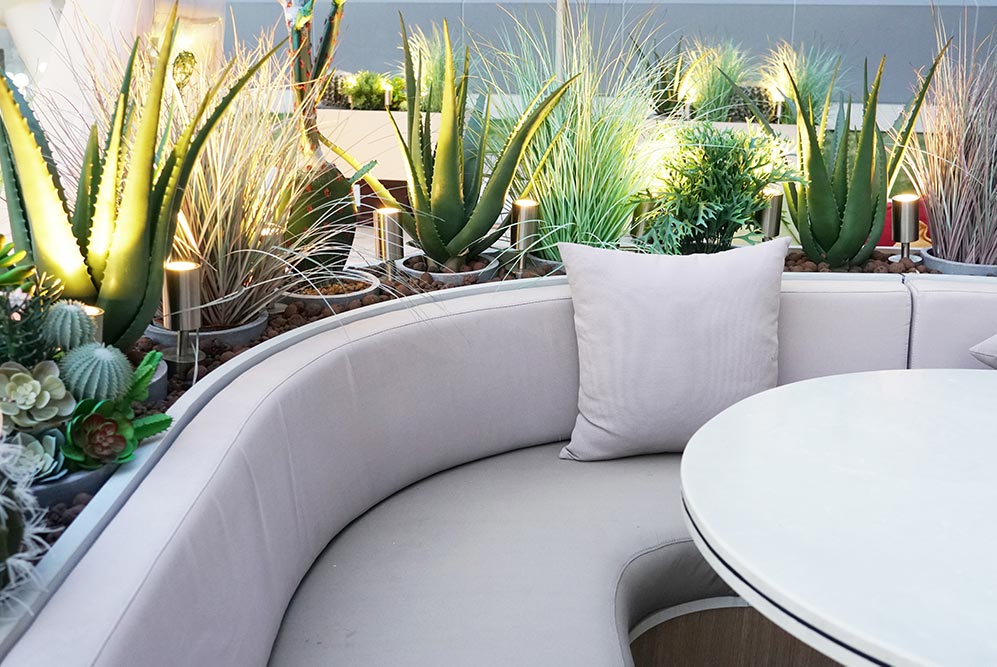
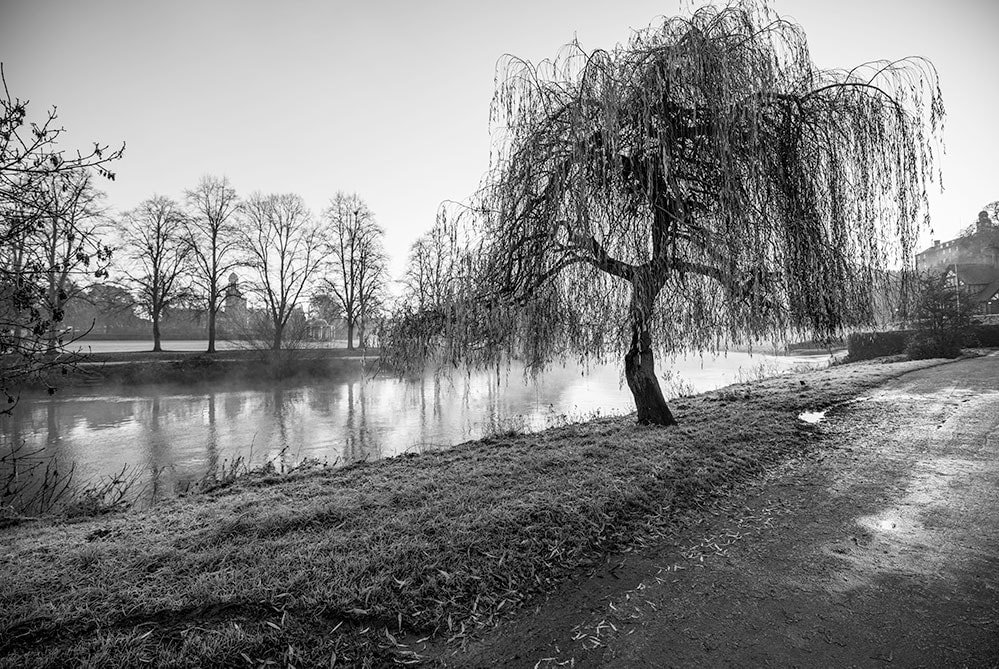


 RSS Feed
RSS Feed
